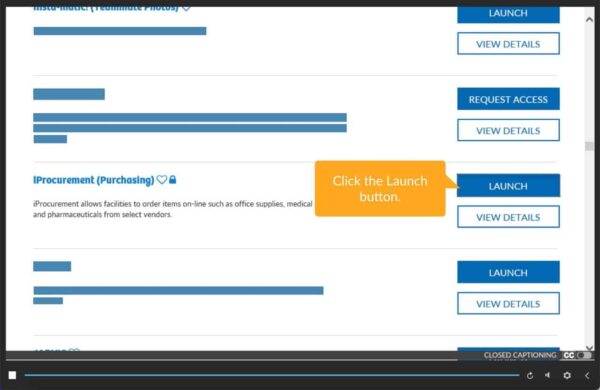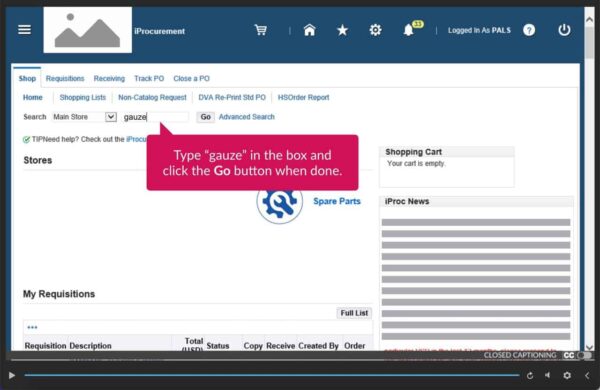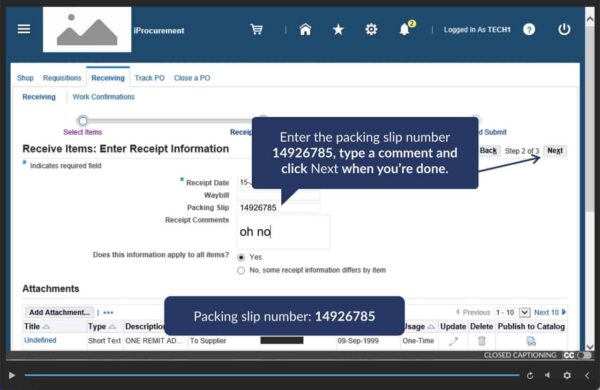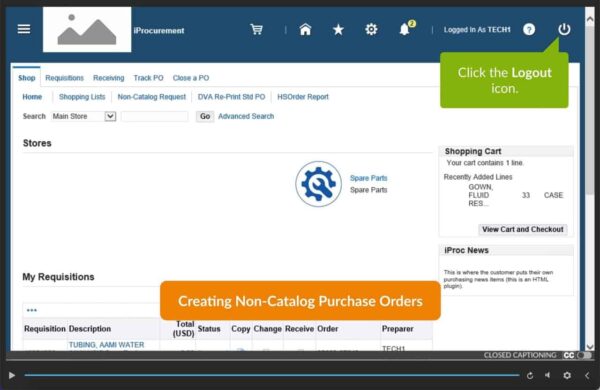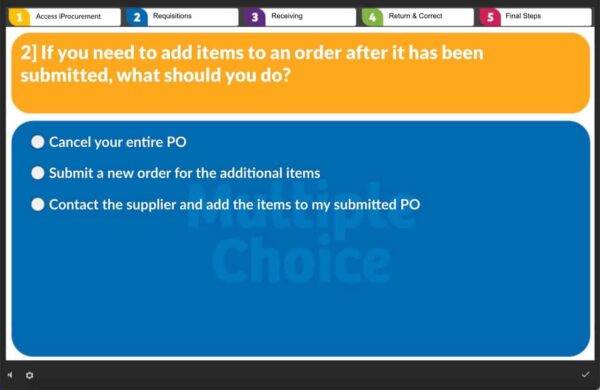How Much It Saves DaVita
I based these calculations on the US Bureau of Labor Statistics which for private education and health services the average hourly wage is $32.77/hour. They’re also based on how many people were enrolled in each class on average.
Before Conversion
How many hours the class took each year: (12 * 2) * 48 = 1,152 hours
That’s 12 participants per class twice a week which is 24 participants weekly for 48 weeks. All this equals 1,152 hours per year in training. This doesn’t account for the trainer’s time, scheduling, and managing all those classes which aren’t negligible, but I left them out to simplify the calculation.
How much money those teammates time cost per yer: ((12 * 2) * 48) * 32.63 = $37,590/year
Just like above where I calculated the hours, that just has to be multiplied by 32.63 which is the average US healthcare industry wage in February 2023. That put the total cost in time alone at $37,590 a year.
But don’t forget the trainer’s time! The trainer is in there for an hour plus about 30 minutes of preparation. That means the trainer’s time is 144 hours per year at a cost of $4,699 per year.
After Conversion
Every year the course is being used the savings go up. As long as no more expenses are incurred with updates, etc. it will keep saving money. Of course that isn’t realistic since systems do change and in fact it went through one update since. Even with the expense of an update the course still has saved tens of thousands of dollars over its life.
Cut it all in half and you have the minimum savings since the course really takes less than 30 minutes for everyone (typically 15 to 20).
Saved Every Year
648 Hours $21,145648 hours and $21,145 saved!
Every year DaVita teammates save 648 hours and DaVita saves $21,145 not to mention the money saved from teammates getting real practice and knowing how to use the system right.
The Application
The application is iProcurement. Its sole purpose is so facilities across the world can order the supplies they need for the facilities from approved vendors. It’s a system that operates somewhat like Amazon in that you add items to the cart. There’s a lot more to it than Amazon, though since approvals are required and there are other processes required that Amazon doesn’t handle.
The vILT class was extremely interactive for a live class, but not interactive enough for getting real practice with the tool. The instructor would occasionally stop and ask a teammate to volunteer to do a certain step. That means only a few participants could get first-hand experience, which was still limited to a small part of the application.
The Goal
The goal was to reenvision the project as an eLearning course that was interactive and had teammates doing the steps themselves rather than watching a trainer doing it or one teammate.
A secondary goal was to reduce the training time from the current hour course to 30 minutes or less.
Outcome
The eLearning course ended up being less than 30 minutes (approximately 15-20) and every part of it is interactive. That means teammates now learn by doing and are engaged throughout with actions they must take in a simulated yet realistic environment.
It had a pretty successful outcome and saves DaVita a ton of money. Those savings are somewhat defrayed when there are updates to the system made but they are minimal and mostly cosmetic. So, every few years it could take 20 to 40 hours to update it which isn’t too difficult given the modular approach of how the course is built.
